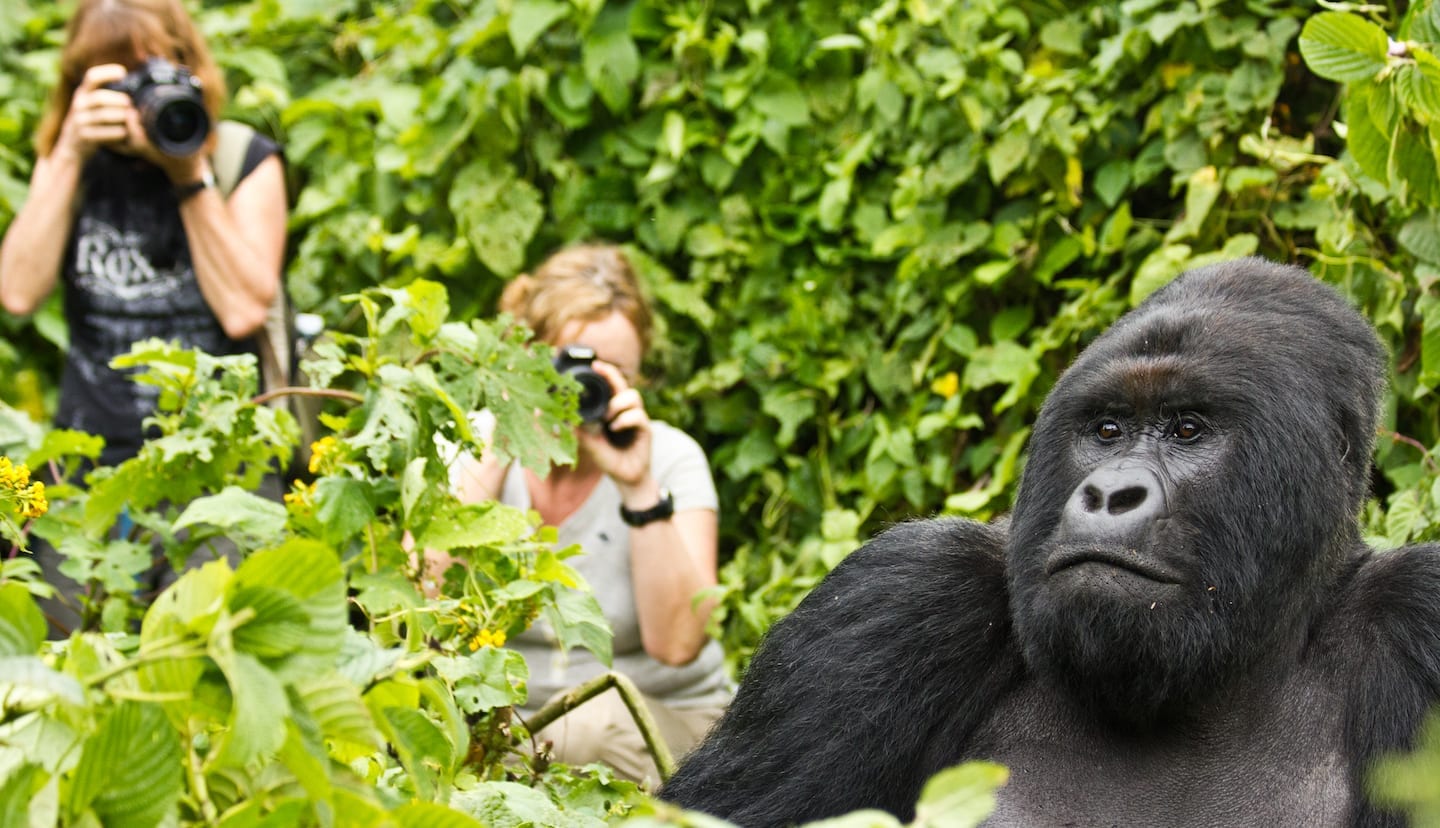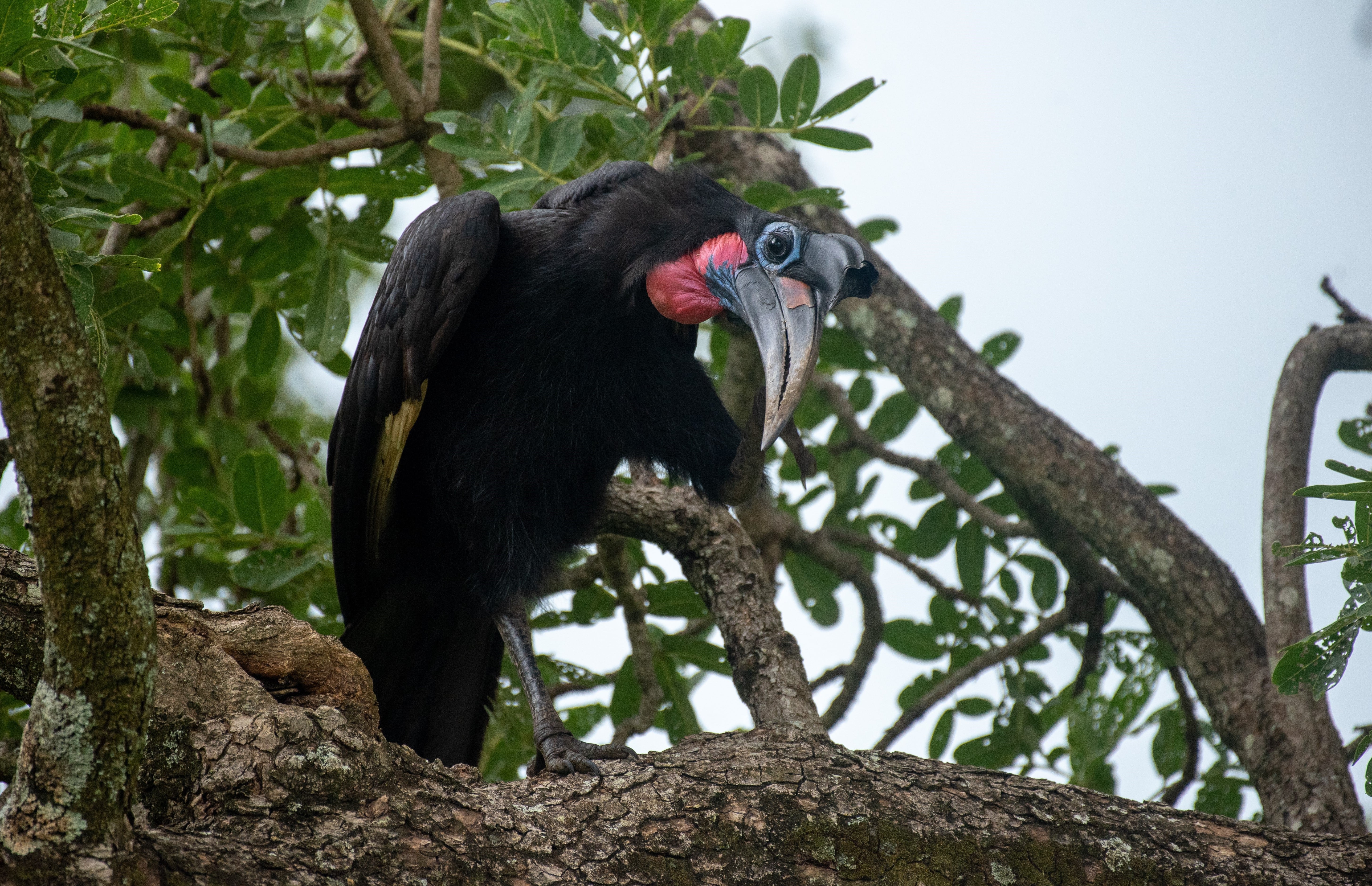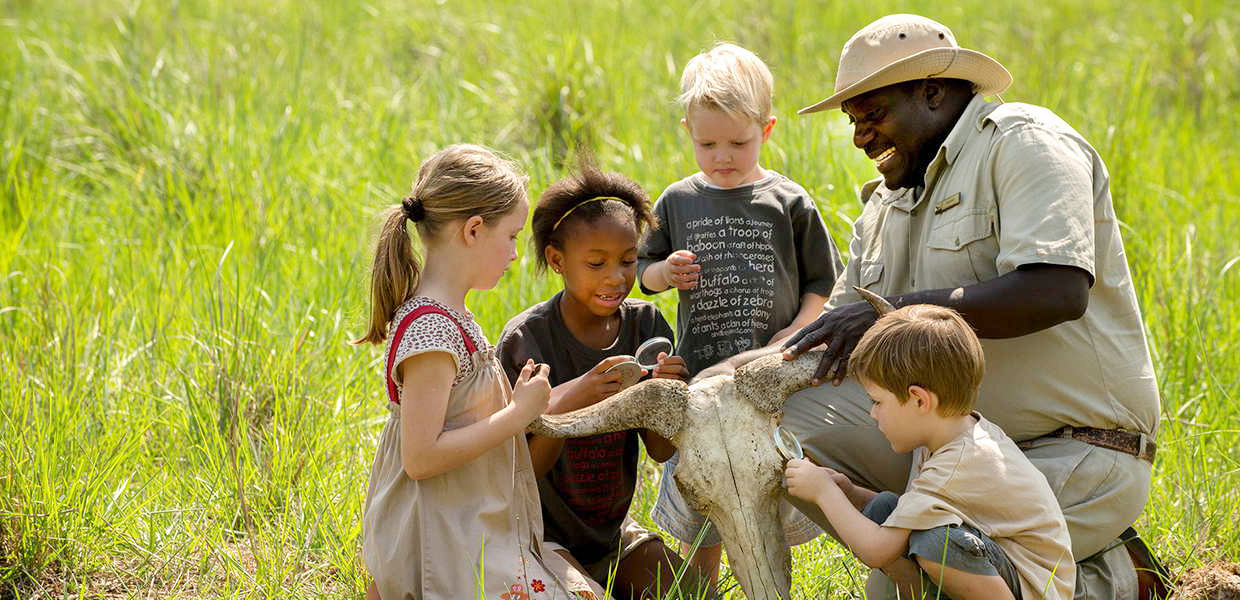
You can visit the most unspoiled regions of the African Continent on a gorilla trip in Uganda. Some of Africa’s oldest tropical rain forests are home to gorillas in Uganda. Put another way, those who go on gorilla tours also get to experience some of the most lifelike settings. Visitors get the chance to explore the thick tropical rain forests.
Some of the most remarkable indigenous species of plants and animals found in East Africa can be observed there. An unforgettable opportunity to see the recognisable mountain gorillas awaits visitors on a gorilla trek across Uganda. Notwithstanding the fact that they share the Virunga massif with many other primates, they control it. Monkey species that fall under this category are vervet, golden, red-tailed, and lhoests.
A brief description of Mountain Gorillas.
Uganda is famed for its majestic mountain gorillas, who are the only gorilla species to view while there. In addition, Uganda has the largest population of mountain gorillas. It is home to half of all mountain gorillas. The mountain gorilla is one of two subspecies of the Eastern gorilla.
The IUCN classifies mountain gorillas as endangered species. This is owing to the threats they encountered from humans between the mid-1960s and the early 2000s. The mountain gorillas were poached for their meat and skins. It wasn’t until global conservationists intervened to educate the public about the necessity of coexistence that they decreased. The remaining gorillas are well-protected and habituated to enhance tourism in the country.
With 98% of human DNA shared, mountain gorillas are among the closest creatures to humans. They can tolerate the chilly temperatures in the tropical rain forests found in the highlands in part because their entire body, with the exception of their faces and limbs, is coated in fur.
Male mountain gorillas can reach maximum weights of 120–190 kg, maximum heights of 160–cm, and maximum girths of 138–163 cm. In contrast to the males, the females are smaller and can reach a maximum weight of 70 to 98 kg. The majority of mountain gorillas are quadrupedal and terrestrial.
The primary food source for mountain gorillas is greenery. Vegetables are the one food that gorillas truly love. They consume bamboo shoots, roots, and tree stems as food. When they come across invertebrates, though, they have also eaten them. Another reason to go on a gorilla excursion in Uganda is that the guides have various intriguing facts about them.
Mountain gorilla habitat in Uganda.
In Uganda, mountain gorillas are found in two distinct areas: Mgahinga National Park and Bwindi Impenetrable Forest. There are 21 completely habituated gorilla families in Bwindi alone, spread among its four gorilla trekking sectors (Ruhija, Buhoma, Nkuringo, and Rushaga). On the other hand, Mgahinga National Park amazes and thrills visitors with its single gorilla family. The family’s gregarious adults may be gentle giants, but the lively infants and small children steal hearts!
The country’s southern province is home to both parks. Mgahinga is in Kisoro district, while Bwindi is in Kanungu district. Transportation via air and road both provide access to them. Travellers use Kihihi Airstrip to get to Bwindi, and Kisoro Airstrip to connect to Mgahinga. The well-built roads that parallel the breathtaking scenery along the way further transform the parks into havens for travelers.
The experience of a gorilla trip in Uganda.
To begin with the basics, travellers reserve their permits for gorilla trekking, which enables them to see mountain gorillas in their native environments. Like us at Ibuth Safaris, registered travel providers in the nation specialise in habituated permits and gorilla trekking. While gorilla habituation permits cost $1500 per person per experience, gorilla trekking permits cost a non-negotiable $800.
Travellers use Entebbe International Airport to board their flight to the nation after making the required reservations. Professional tour guides from the tour operators’ team greet and escort guests to their accommodations so they can relax. The following day, you set off on your adventure to the gorilla national parks, passing through several small settlements and scenic areas. This day is not possible for gorilla trekking unless you fly into the park. This is due to the more than 10-hour travel time between Entebbe and either Bwindi or Mgahinga National Park. The time to trek is running out. The next day is when the gorilla journey happens.
The gorilla trekking activities begin with a brief discussion with the park’s rangers, who inform the guests about the trek’s rules and regulations in order to keep them on track. The rangers then escort the guests into the woods to meet the gorillas. The journey may take 4 to 5 hours, depending on the gorilla family’s location and speed.
Guests can only trek one Family per adventure, as stated on their gorilla permit. Travelers spend an uninterrupted hour with a gorilla family that they meet. Guests spend four hours with the gorillas to become accustomed to their presence. You can then return to the resort for lunch, after which you can explore the Batwa communities and interact with the locals.
Other experiences to combine in a gorilla trip in Uganda.
If you combine a gorilla adventure in Uganda with a safari to other parks to witness the range of wildlife in Uganda, you will live to talk about a nation gifted with natural beauty. For instance; you can visit Kibale Forest National Park for chimpanzee trekking, and Queen Elizabeth National Park for game drives, exciting water safaris, and exceptional bird-watching experiences. Consider adding Murchison Falls National Park to the trip for yet other exciting game-viewing experiences and also set your eyes on the world’s most powerful waterfalls.
There is surely a lot to do in the country but Kidepo Valley National Park cannot be left unmentioned. It will detach you from your day-to-day busy schedules and immerse you in the most remote wilderness on the planet. Enjoy the feel of the wilderness as you stare at rare animal species. They include; cheetahs, African wild dogs, and iconic bird species like the ostriches.
Best time to do a gorilla trip in Uganda.
In Uganda, the dry seasons are the ideal times to go on a gorilla trek. The months of June through September and December through February are when the dry seasons occur. These times of year are advantageous since there is less rainfall in the forests, making them easier to navigate. In the rainy seasons, forests have slick, muddy ground and erratic rainfall. They let visitors see more of the mountain gorilla habitat, though, and are less crowded.
SEND INQUIRY for an exciting gorilla trip in Uganda, Rwanda or both. Or contact us directly at +256 393 247 137 / +256 742 678 918 or email us at info@ibuthsafaris.com.



